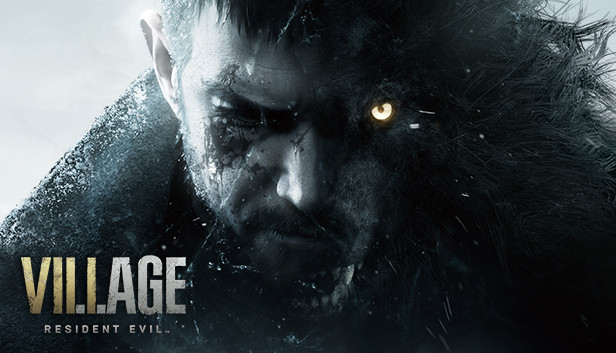
RESIDENT EVIL VILLAGE
Like the many nasty entities that populate its world, the Resident Evil franchise won’t stay dead. I’ve had an on-off relationship with the games, having fond memories of playing the first two as a kid. I recall my friends, and I nervously gathered around the telly, scared of what lurked around the corner but eager to see everything the mansion and police station had to offer. However, at some point around 2006 or so, I fell out of love with the series. I don’t know if it’d changed, or I’d just gotten bored of shooting things. Still, after part seven reinvigorated it, with a new and more tense take on the basics, I was as excited as heck to go back into this world and take on the horde.

They say it takes a village to raise a child. In this case, it takes one to abduct and hide one. In this eighth entry (24th including the many spin-offs), returning hero Ethan goes to a ramshackle hamlet in Romania to rescue his daughter Rose from an evil force. Not the most original set-up, but it’s as good a reason as any to leave the warmth of his home, in a compelling intro, to venture far abroad. After that, the storytelling is serviceable. Ethan’s a fine protagonist, even though I’d struggle to think of five adjectives that differentiate him from most other franchise heroes. The location is novel too: we ain’t in Racoon city anymore. But beneath the Eastern European veneer is the usual mix of experiments going wrong, cheesy acting, and silly twists. Heck, by now, you likely know what you’re getting – and that’s fine. And even if I didn’t care about the outcome, I was interested enough to want to see it happen.

Though it retains the first-person perspective of its immediate predecessor, Village probably owes more to the fourth entry: still considered by many to be the creative peak. Beyond the superficial similarities of its run-down setting, which includes a towering castle, it returns to its more streamlined action approach. Big guns, bigger monsters, and huge setpieces. A few sections adopt the slower-paced thrills of seven – mainly towards the start. You’ll undoubtedly know Lady Dimitrescu’s castle from the trailer: she’s the giant woman who took the Internet by storm. And her bit is great fun. She and her daughters stalk you through the vast corridors and gardens of her stronghold, as you solve puzzles and find a way to the roof. Another bit, which takes place in a house of dolls, is legit terrifying and had me reaching for my light switch. It’s made all the more effective when you temporarily lose your weapons. But come the second half, or even the last two-thirds, Capcom swerves and places much more of an emphasis on running and gunning.
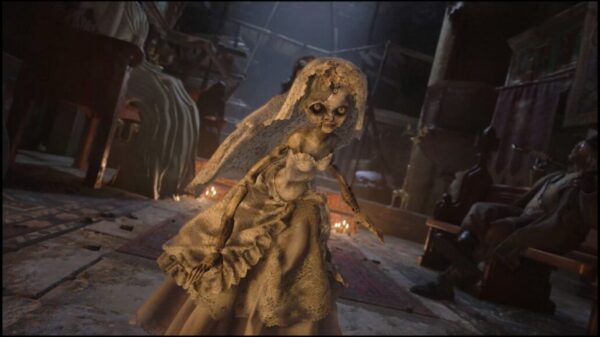
A major plus is the variety of baddies you have to shoot at. Without spoiling too much, the plot plays a lot with fairytales, and the villains are as Grimm as they come. Werewolves, gargoyles, and witches are among the many foes you’ll be facing. The weapons are also satisfying to use, with the shotgun, in particular, having a real kick. Village makes you feel powerful as you mow down armies worth of things that go bump in the night. The bosses are also memorable enough, even if they’re samey, save for one, i.e., you fight a giant monster in a confined area, gradually identifying then destroying its weak bits. Still, you never really feel particularly against the odds, and I seldom had to abandon a fight to conserve bullets like in the old days. Resource management may sound like an odd thing to miss at face value, but few things harm horror games like being armed to the teeth. Particularly towards the end, where it takes on an almost Wolfenstein feel. There are plenty of ways to die, but not much threat.
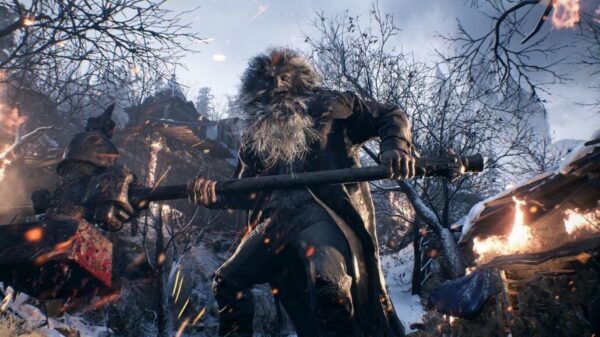
This switch wouldn’t be so jarring were the locations not impeccably designed. The titular village looks stunning, even on the PS4. Desolate and lived in, with lots of attention to detail. Were it not for series signatures, like odd doorways and chemicals lying everywhere, it’d feel like a real, breathing place. And while it isn’t huge, it’s satisfying to see more of it open out as you get extra keys or tools. Horror games tend not to go for the open-world approach since they tend to lean on carefully choreographed moments of terror. However, this light slant on it, in which we have a central hub with some dungeons sticking out the side, is an excellent compromise. It gives players the thrill of getting to know somewhere while also allowing for controlled combat. There’s normally only one way to go, though it does a good job of making it seem like there’s more. The other settings are suitably varied too, ranging from a labyrinth castle to a factory filled with mechanical monsters. For the most part, you’ll enjoy them while they last.
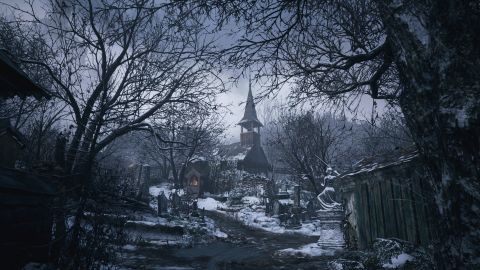
On that point, this game is around eight hours long. I’m not even a particularly good gamer, and often found myself wandering in circles (especially in the factory). Yet it was still done in two sittings. This isn’t necessarily a bad thing – not every game needs to be Skyrim, and all too often, they outstay their welcome. Still, at sixty quid, I don’t know that there’s much value for players unless they want to do it again on harder difficulties. That being said, there will be oodles of bonus content coming up by the sounds of it. I don’t want to sound overly negative here, as for that duration, I mostly liked Village. It’s uneven and repetitive, but it’s also like an impeccably constructed horror theme park. I also reckon that while I’m not so huge on this sort of thing now, my younger self would have loved it.






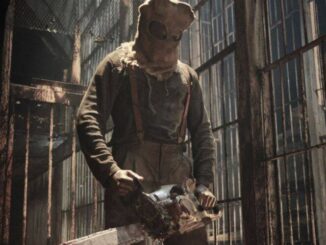
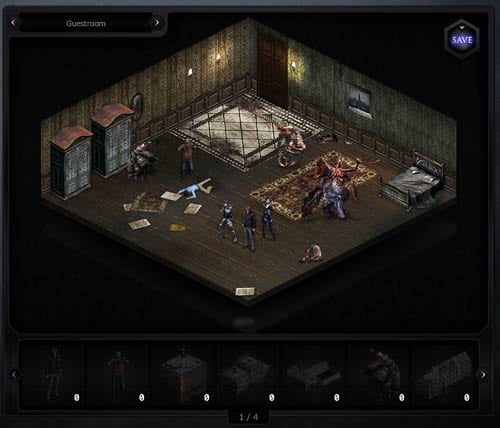
Be the first to comment